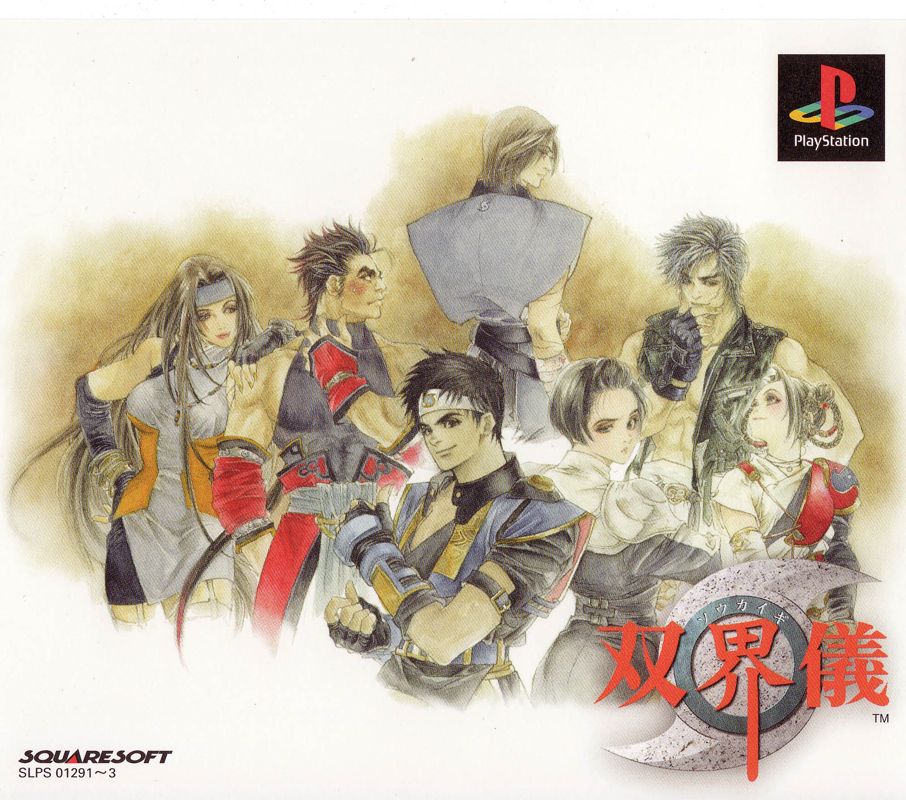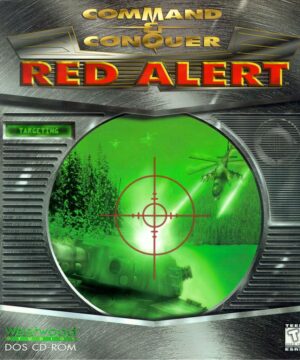Retro Replay Review
Gameplay
Sōkaigi’s gameplay hinges on its blend of stealth exploration and action-oriented combat, drawing clear inspiration from the Tenchu series. You navigate your chosen hero through winding village streets, temple courtyards, and hidden groves in search of the red, yellow, and blue crystals that fuel the Garan’s power. The third-person camera offers a wide field of view, though it occasionally struggles in tight corridors or when enemies flank you from above—a minor quirk in an otherwise solid control scheme.
(HEY YOU!! We hope you enjoy! We try not to run ads. So basically, this is a very expensive hobby running this site. Please consider joining us for updates, forums, and more. Network w/ us to make some cash or friends while retro gaming, and you can win some free retro games for posting. Okay, carry on 👍)
Combat in Sōkaigi is deceptively simple at first: a basic equip-and-strike system reminiscent of early stealth assassins, with light and heavy attacks for each weapon. However, the real depth comes from integrating elemental magic into your arsenal. Each crystal you recover can be channeled into spells that stun foes, create defensive barriers, or unleash area-of-effect blasts. Learning to weave these magical attacks into weapon combos adds a satisfying layer of strategy, especially when facing tougher Garan minions that are resistant to blade damage.
The progression loop keeps you motivated: discover hidden shrines to unlock new martial techniques, find scrolls that boost your elemental affinity, and encounter mini-bosses guarding the next crystal. Enemy AI patrols in predictable patterns at first, but quickly adapts if you rely too heavily on one tactic. This dynamic push-and-pull ensures missions rarely feel rote, and encourages players to experiment with stealth takedowns, ranged spells, or full-on assaults depending on the layout and enemy type.
Graphics
Sōkaigi’s visual presentation is a striking homage to late ’90s and early ’00s 3D graphics, with a distinctive watercolor-inspired palette that brings feudal Japan’s villages and Mount Fuji’s shattered slopes to life. Textured stone walls, rustling bamboo groves, and the shimmering aura around color-infused crystals are rendered with surprising clarity. Character models retain just enough polygonal charm to evoke nostalgia, while benefiting from smooth animations during parkour jumps and spellcasting.
The game’s lighting system shines most during dusk missions, where lantern-lit pathways cast long shadows and glowing runes pulse on ancient shrines. Magic effects—whether a crackling red flame or a swirling blue vortex—feel impactful, and even basic attacks produce satisfying visual feedback. Occasional pop-in of background objects can be distracting on the highest settings, but adjusting shadow detail often remedies this without sacrificing immersion.
Cinematic cutscenes use dynamic camera angles to highlight key story moments, such as the first split of Mount Fuji or the Garan lords channeling crystal power. While voice acting is limited—often relying on text dialogue and emotive grunts—the musical score fills in the gaps with traditional instruments and haunting melodies that underscore the game’s mystical atmosphere. Overall, Sōkaigi’s graphics strike a fine balance between technical limitations and artistic ambition.
Story
The narrative of Sōkaigi unfolds around a catastrophic event: Mt. Fuji has split in half, unleashing the Garan—mystical beings intent on conquering Earth. Their strength derives from three elemental crystals, each granting devastating powers to those who wield them. You step into the sandals of one of the “chosen ones,” a hero prophesied to thwart the Garan’s scheme before the planet succumbs to elemental chaos.
Storytelling is delivered through a combination of in-engine cutscenes, beautifully illustrated dialogue panels, and environmental storytelling. Exploring abandoned shrines reveals murals depicting ancient battles against the Garan, while hidden scrolls fill in lore about rival clans and sacrificial rituals. These moments provide context and reward the curious player who ventures off the beaten path, enriching the main quest with compelling background details.
Character interactions are generally concise but effective, with each ally offering a distinct perspective—some driven by vengeance, others by duty. Antagonists exude menace without becoming one-note villains, especially when their motivations for harnessing crystal power are gradually revealed. While the core tale follows a familiar “chosen hero vs. dark invaders” arc, the Japanese mythos and the fractured Fuji setting give it a fresh, memorable spin.
Overall Experience
Sōkaigi excels at marrying classic stealth-assassin gameplay with elemental magic, all set against a captivating mythological backdrop. The satisfaction of reclaiming each crystal, coupled with the freedom to approach missions in multiple playstyles, keeps the experience lively from start to finish. While camera quirks and occasional pop-in textures remind you of the game’s era, they rarely detract from the overall sense of adventure.
For players who cherish exploration, the world of Sōkaigi offers hidden alcoves, puzzle-like shrines, and secret lore waiting in every corner. Combat remains engaging even in later chapters, thanks to new spells and weapons that expand your possibilities. The balanced difficulty curve ensures veterans of stealth-action titles feel challenged, while newcomers can appreciate generous checkpoints and adjustable AI alertness.
Ultimately, Sōkaigi stands out as a hidden gem for fans of atmospheric, Japanese-inspired action games. Its compelling blend of stealth, swordplay, and sorcery—combined with a rich storyline centered on the shattered Mt. Fuji—creates a uniquely immersive adventure. Potential buyers seeking a deep, myth-driven quest with varied gameplay mechanics will find much to love in this title’s world and its epic battle against the Garan.
 Retro Replay Retro Replay gaming reviews, news, emulation, geek stuff and more!
Retro Replay Retro Replay gaming reviews, news, emulation, geek stuff and more!




Reviews
There are no reviews yet.